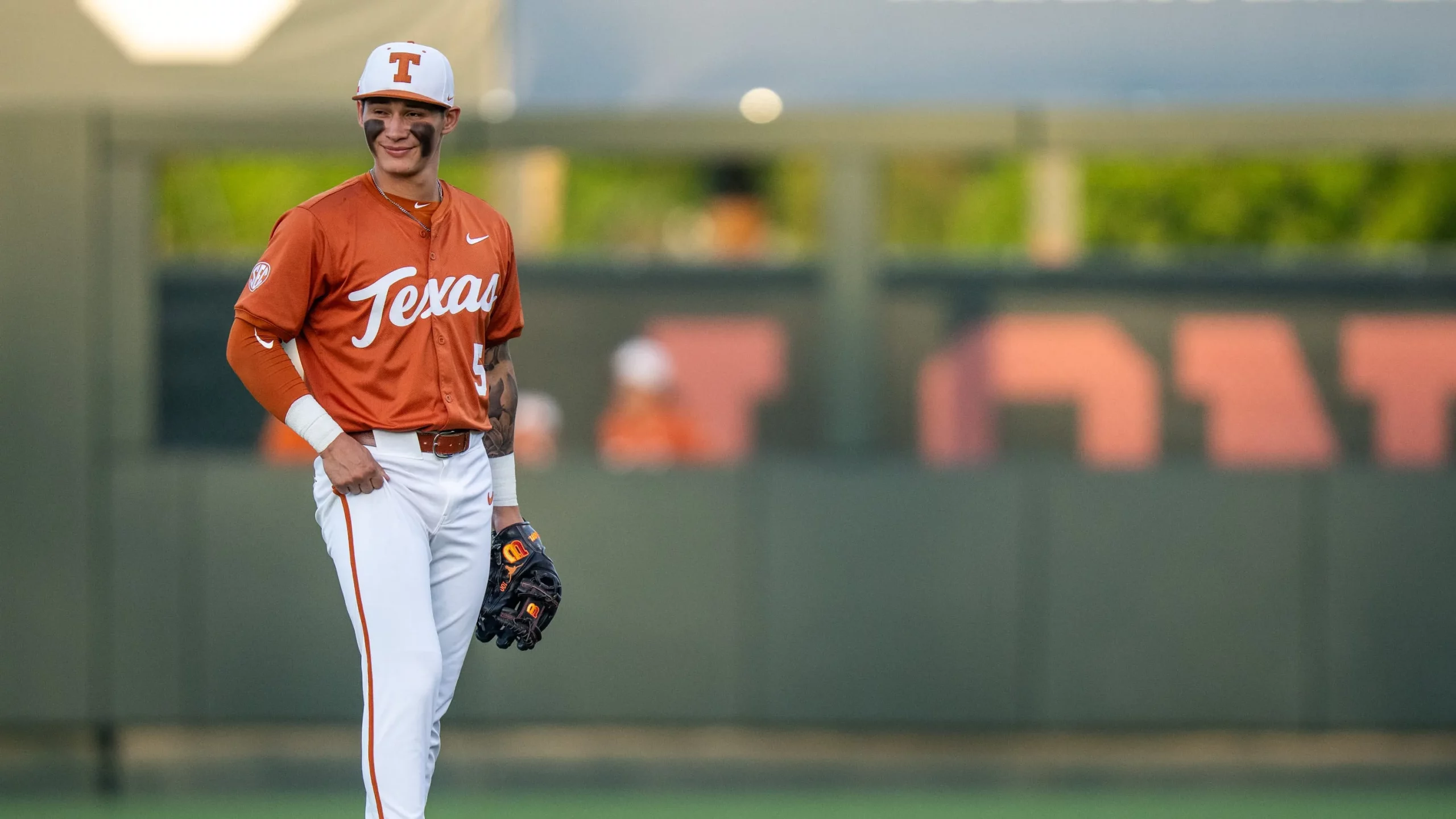In a stunning turn of events that few outside San Antonio could have predicted, the University of Texas at San Antonio (UTSA) Roadrunners pulled off one of the biggest upsets in NCAA Baseball Tournament history, eliminating the No. 2 national seed, the Texas Longhorns, in the Austin Regional. For a program long considered one of the sport’s bluebloods, the abrupt and shocking end to Texas’ season has left fans, coaches, and players grappling with disbelief.
A Nightmare Realized at UFCU Disch-Falk Field
Hosting the regional in Austin was supposed to be a blessing—a celebration of dominance throughout the regular season, an opportunity to reassert Texas baseball’s national pedigree, and a stepping stone to Omaha. But UTSA had other plans.
The Roadrunners entered the tournament with confidence, grit, and a chip on their shoulder. Having narrowly secured an at-large berth, many pundits didn’t even expect them to make it past the opening day. But under the leadership of head coach Patrick Hallmark, UTSA played fearless baseball. They used timely hitting, efficient pitching, and an underdog mentality to stun their in-state juggernaut on back-to-back days, sending Texas packing in front of a stunned home crowd.
The Build-Up: Texas’ Season of Promise
Heading into the tournament, Texas had been riding high. A 45-11 regular-season record. Big 12 regular season co-champions. One of the most feared lineups in college baseball. All of this pointed to a potential trip to Omaha and maybe even a shot at the program’s seventh national title.
Ivan Melendez comparisons were swirling for slugger Jared Thomas, while sophomore phenom Rylan Galvan had emerged as one of the top young catchers in the nation. On the mound, ace Lebarron Johnson Jr. was a finalist for the Golden Spikes Award, and the bullpen, though not elite, had performed admirably during Big 12 play.
They had all the ingredients: star power, depth, experience, and a proud postseason tradition. Yet as the regional played out, it became clear that UTSA wanted it more.
Game 1: Warning Signs Emerge
Texas’ first game of the regional, a narrow 5-4 win over Sam Houston State, offered the first hint that something was amiss. While the Longhorns escaped with the victory, they looked shaky—particularly on the mound. Reliever Gage Boehm, who had been lights-out in May, surrendered two late runs, nearly coughing up the lead.
The bats, while active, left too many runners stranded. Galvan had a 3-for-4 day, but the bottom half of the order failed to produce. Head coach David Pierce was quick to dismiss the struggles postgame, saying, “It’s about surviving and advancing. We did that tonight.”
But surviving would not be enough in this regional.
Game 2: UTSA Sends Shockwaves
In Game 2, UTSA took the field against Texas brimming with confidence after dispatching Texas State the night before. The Roadrunners jumped on Johnson Jr. early, plating four runs in the first two innings and never looking back.
Johnson looked uncharacteristically off—his fastball lacked bite, his slider hung repeatedly, and his command was nowhere near his usual standard. By the fifth inning, Texas trailed 6-2, and the home crowd at UFCU Disch-Falk Field was eerily quiet.
Texas mounted a late comeback attempt, scoring two in the eighth, but UTSA closer Luke Malone shut the door in the ninth with a three-pitch strikeout of Texas star Peyton Powell. Final score: UTSA 6, Texas 5.
Suddenly, the No. 2 national seed was on the brink of elimination.
Game 3: The Collapse
Facing elimination and needing two wins to survive, Texas again squared off with UTSA in the regional final. The Longhorns sent freshman lefty Zane Morehouse to the hill, hoping to catch lightning in a bottle.
Instead, it was UTSA’s offense that brought the thunder. In a 9-3 drubbing that felt like a coronation for the Roadrunners and an implosion for Texas, UTSA chased Morehouse after just 2.1 innings and piled on a bullpen that looked completely out of answers.
Texas committed two critical errors in the field, stranding nine runners on base. The lack of execution was stunning for a team that had executed so well all year. It felt as if all the promise of 2025 evaporated in those nine innings.
After the final out, the Roadrunners stormed the field in celebration. The Longhorns, stunned and silent, trudged back to the dugout, season over.
What Went Wrong?
Texas will have a long offseason to unpack the collapse, but several issues stand out.
First, the pitching faltered dramatically. The usually reliable rotation couldn’t keep UTSA’s hitters off balance. Johnson Jr. wasn’t himself, and neither were any of the bullpen arms Pierce trusted throughout the season.
Second, the lineup failed to produce in key moments. With runners in scoring position, Texas went 2-for-17 across their final two games. That kind of production simply can’t cut it in postseason baseball.
Third, it appeared UTSA played looser and more aggressive, while Texas tightened up under the weight of expectations. The Roadrunners played like they had nothing to lose—because they didn’t.
UTSA’s Moment
Credit must go to UTSA, a program on the rise. Coach Hallmark, a former Texas assistant under Augie Garrido, had his team prepared, fearless, and razor-sharp.
Senior outfielder Shane Sirdashney, who grew up in nearby Round Rock idolizing the Longhorns, was a key force in the upset, going 5-for-9 with a home run and five RBIs across the two wins over Texas.
“This is something we’ll never forget,” Sirdashney said. “They didn’t believe in us. Now they’ll remember us.”
It was the biggest moment in UTSA baseball history, and the win will fuel their recruiting, their national profile, and their belief moving forward.
Fallout in Austin
For David Pierce, now in his ninth season at the helm in Austin, the pressure will intensify. While he led Texas to the College World Series in 2021 and 2022, the Longhorns have now failed to get out of regionals two years in a row.
Fan chatter about whether Pierce is the long-term answer has increased. Some have called for a shakeup, whether in the coaching staff or recruiting philosophy.
Texas AD Chris Del Conte has publicly supported Pierce in the past, but this kind of collapse—at home, as the No. 2 national seed—will likely lead to tough questions behind closed doors.
The 2025 squad had been viewed as perhaps the most complete team since the 2005 national champions. That makes this ending even more bitter.
Looking Ahead: Who Returns?
Texas will likely lose several key pieces to the MLB Draft, including Johnson Jr., Powell, and possibly Jared Thomas. There’s talent waiting in the wings, and the incoming recruiting class is once again top-five nationally, but the sting of this early exit won’t fade quickly.
Sophomores like Rylan Galvan and pitcher Travis Sthele could take on leadership roles, while redshirt freshman infielder Austin Nye might become the program’s next big breakout.
Still, reloading is not the issue—Texas always has talent. The question is whether they can summon the kind of postseason toughness and cohesion that was so glaringly absent this year.



